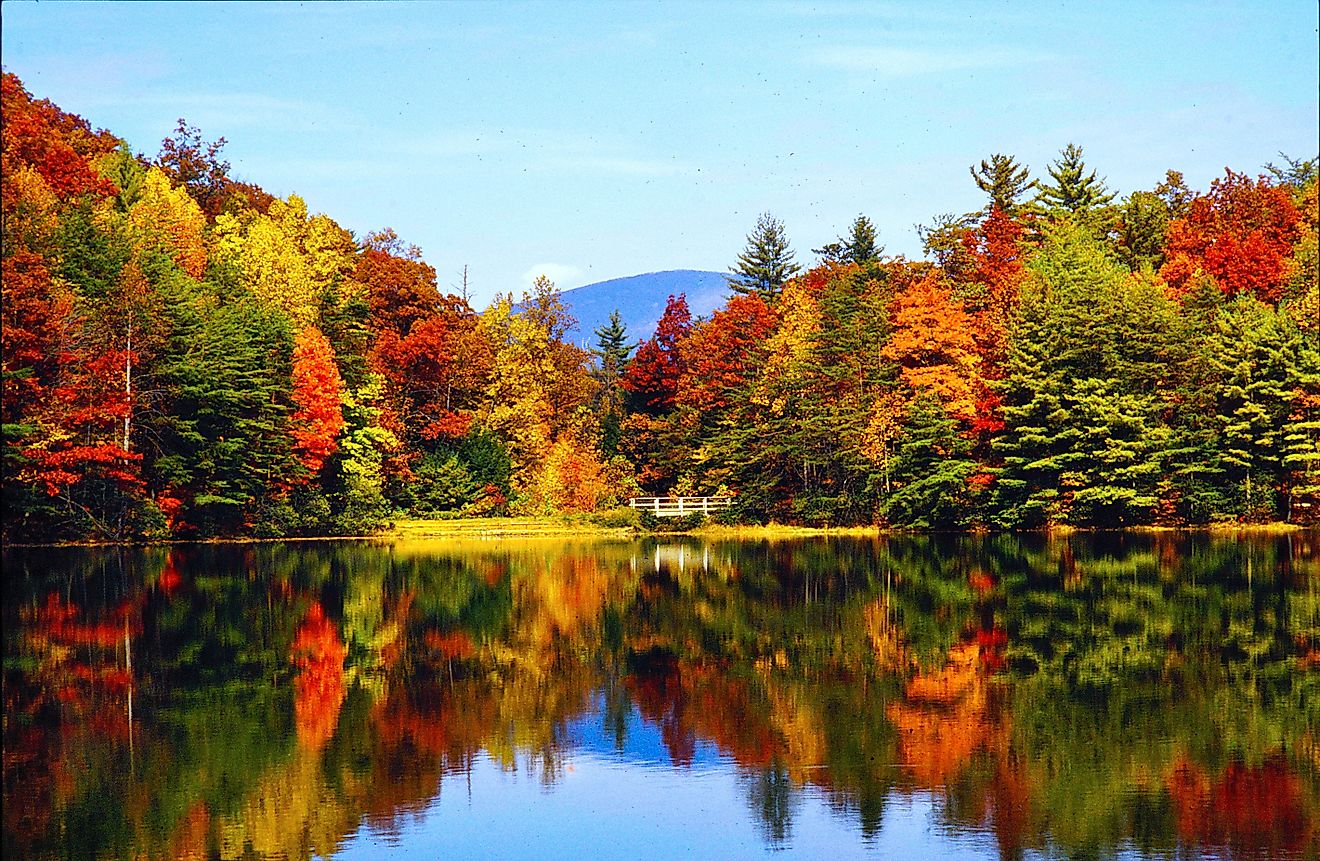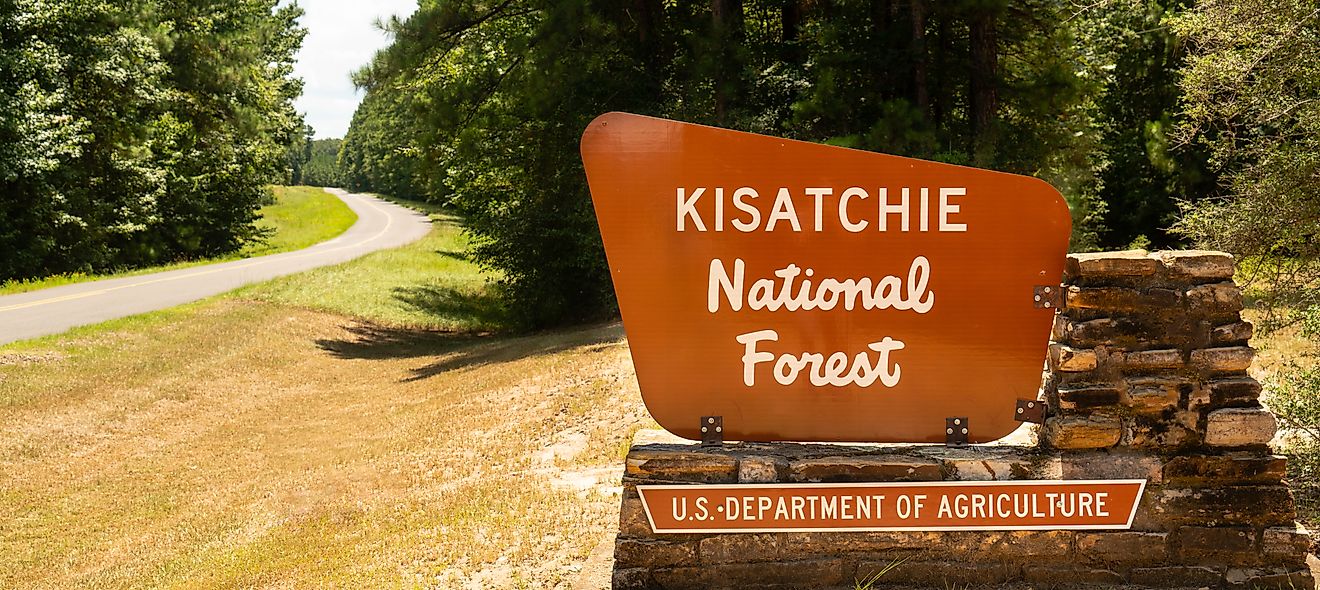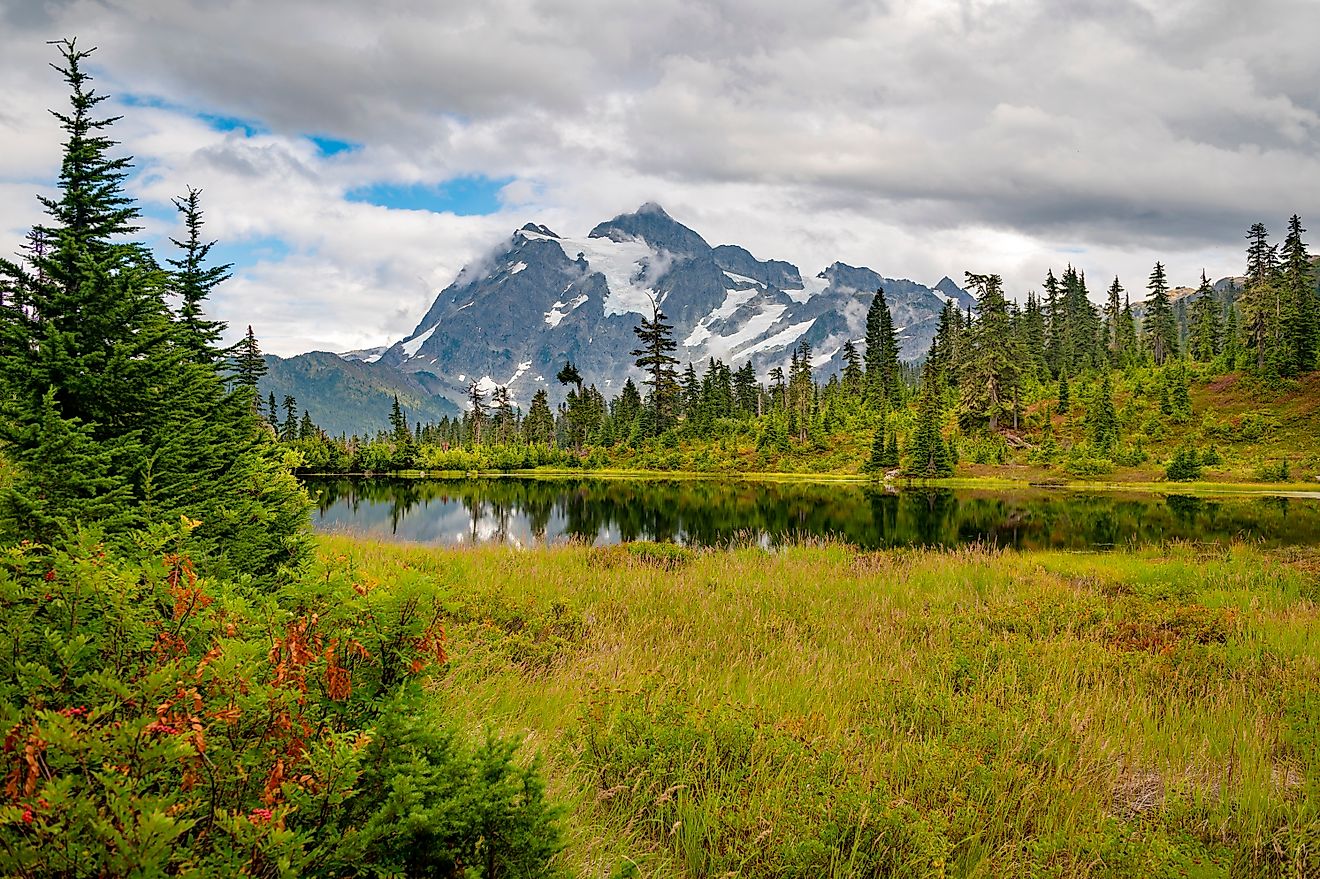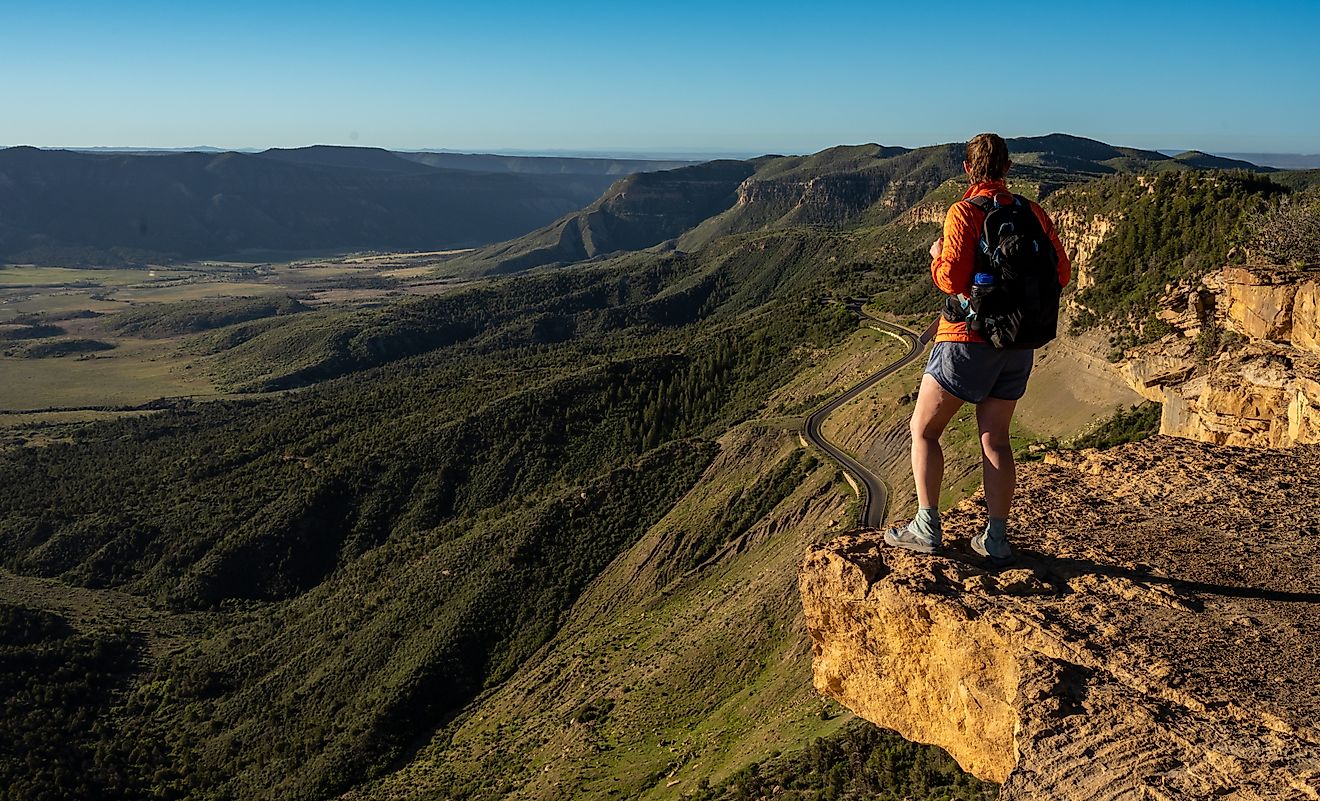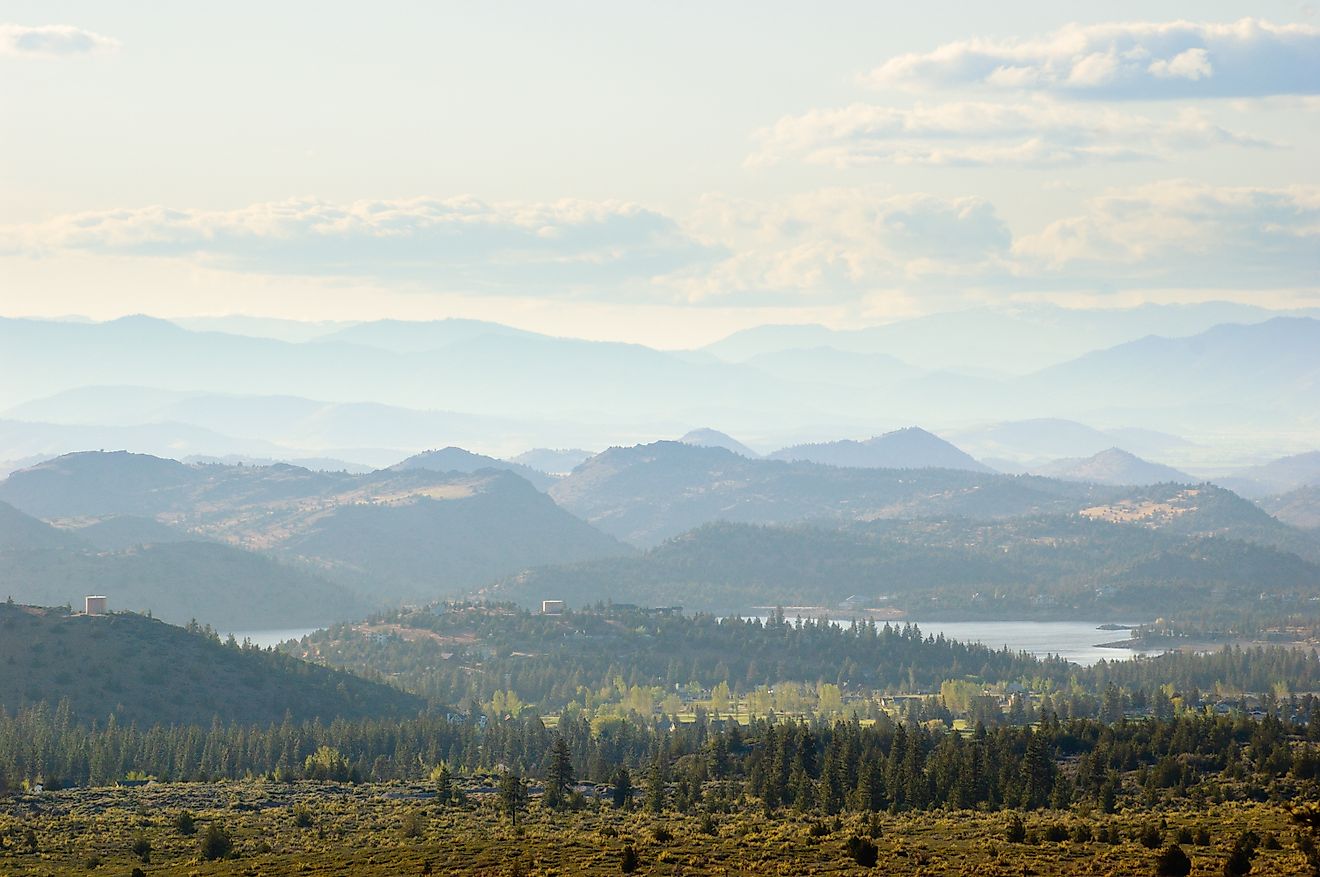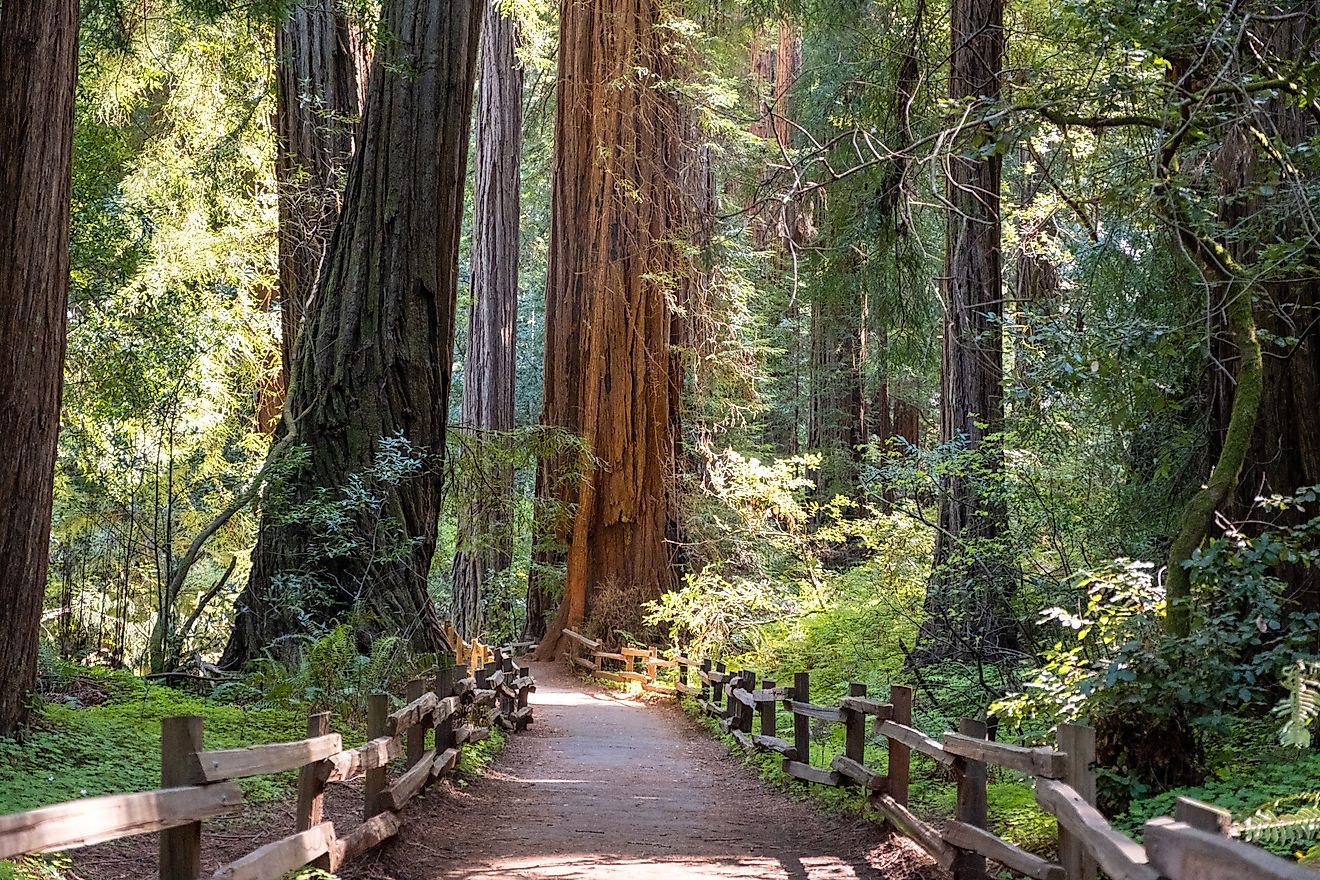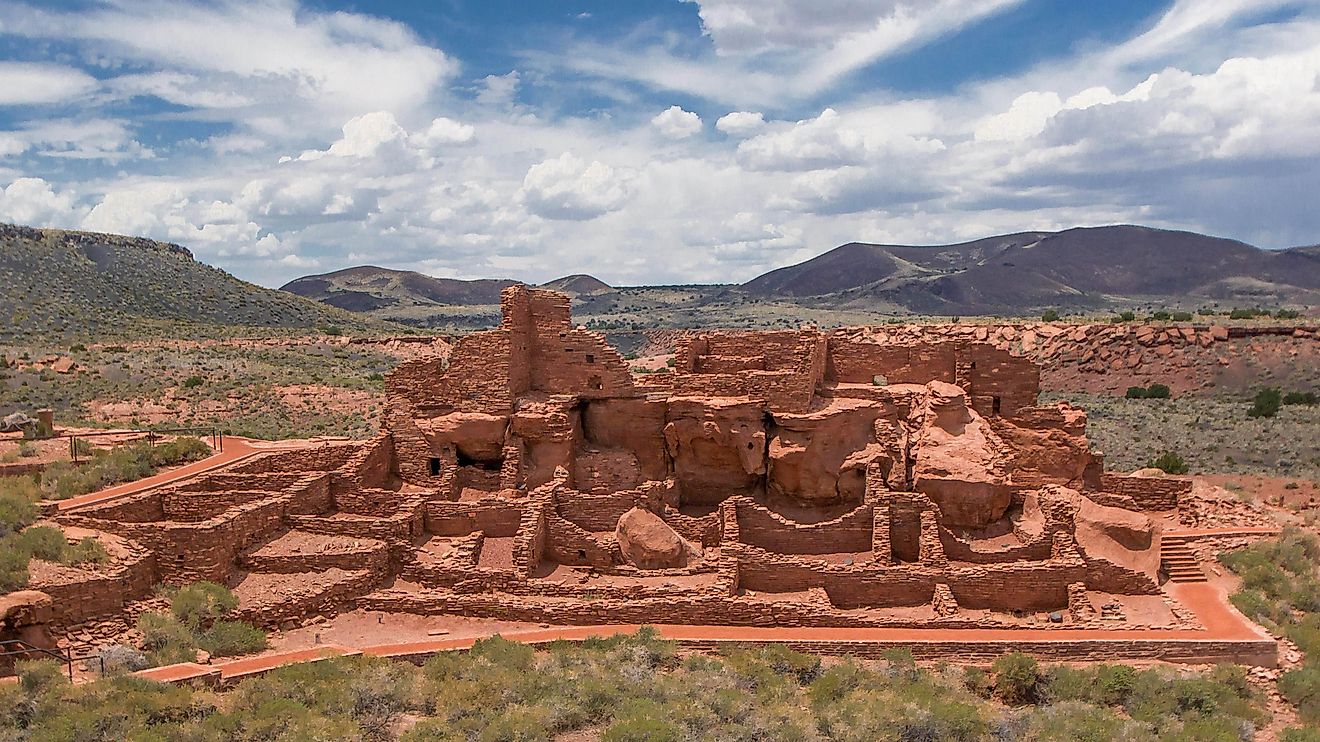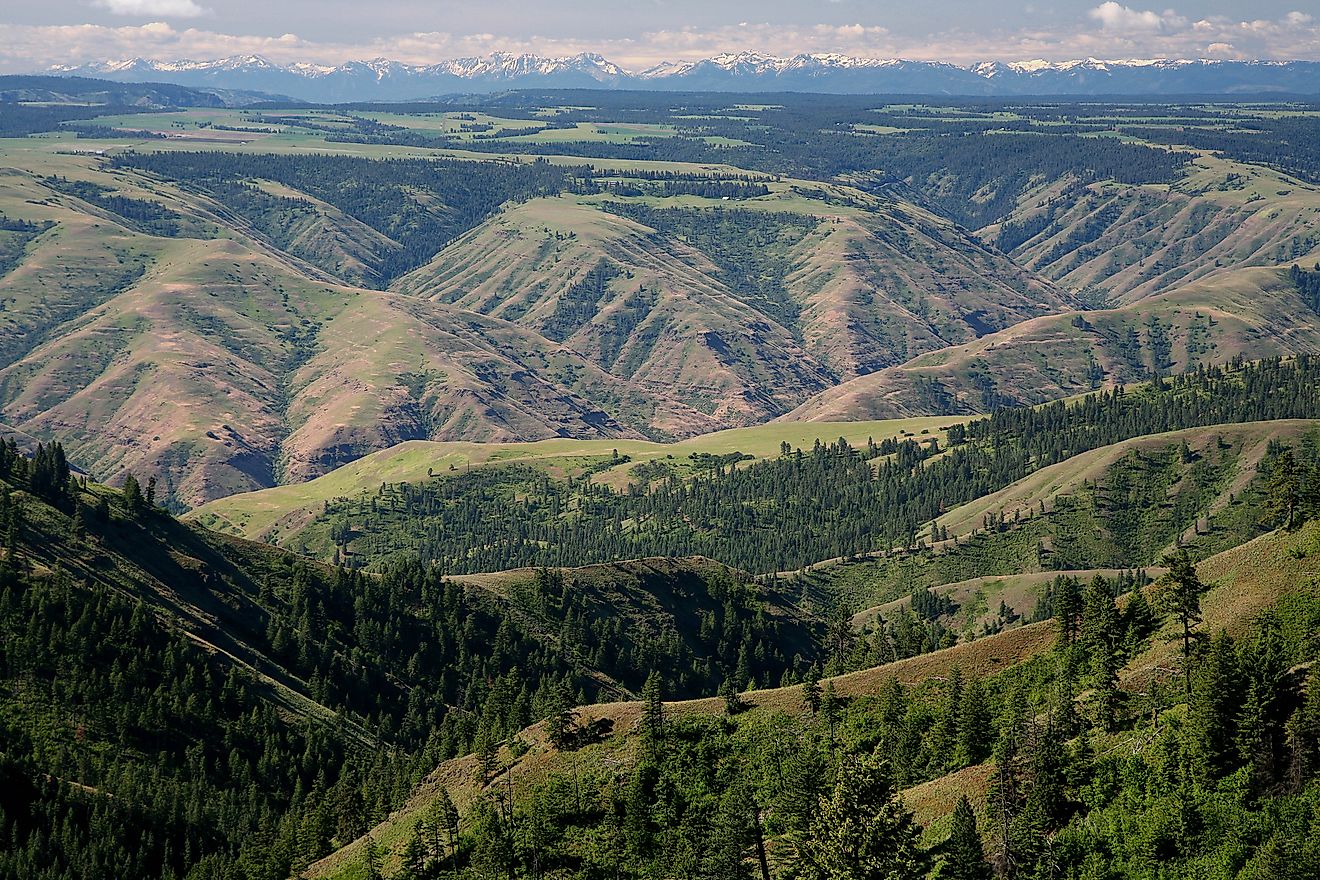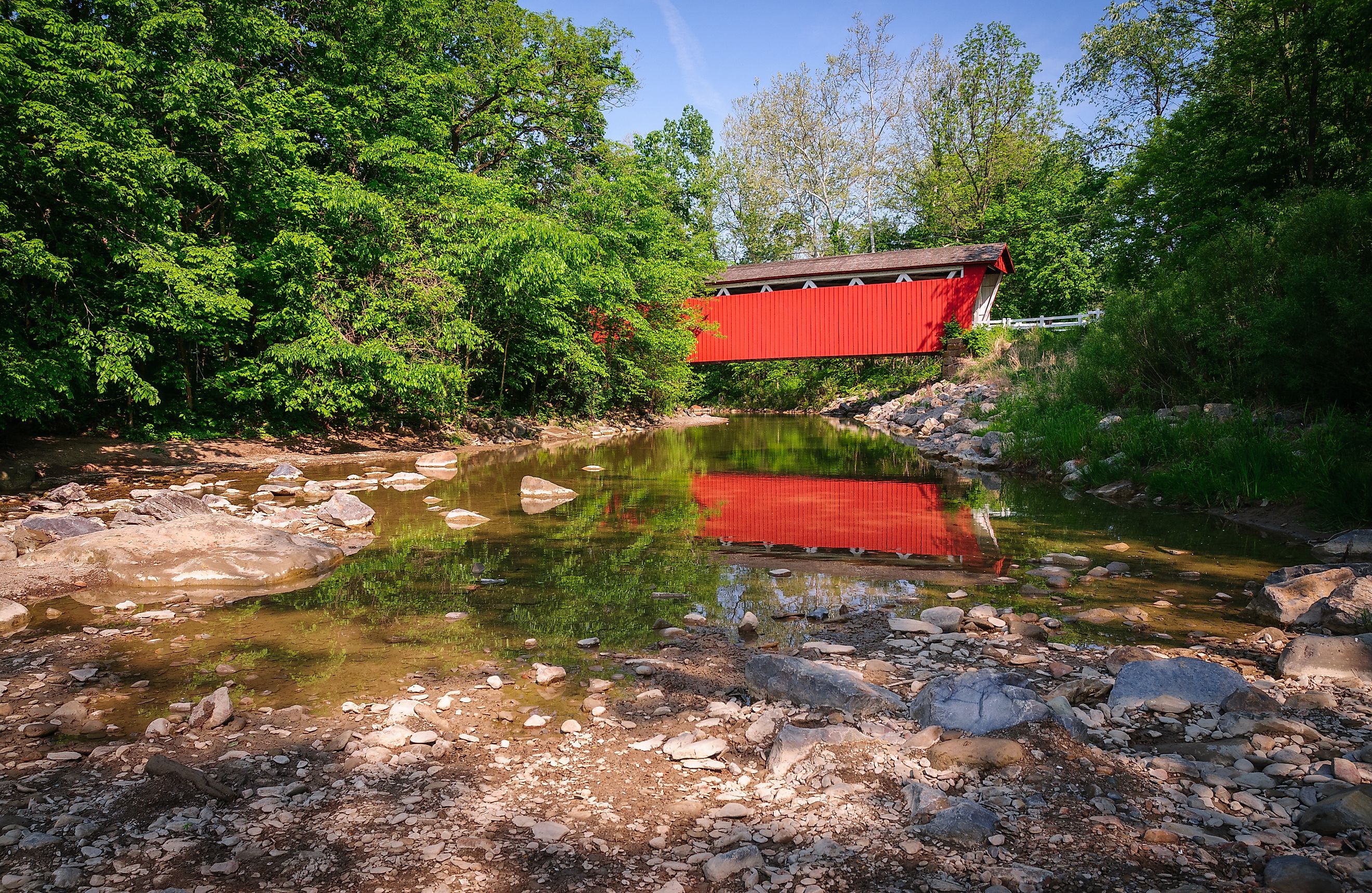
Cuyahoga Valley National Park
Tucked between the cities of Cleveland and Akron, Cuyahoga Valley National Park stands as a rare and remarkable green space in one of the most industrialized corners of the American Midwest. Stretching across 32,950 acres in northeastern Ohio, this park is a testament to nature’s resilience, where wetlands thrive, forests rebound, and wildlife flourishes—all framed by the historic Cuyahoga River and its winding path through a landscape once scarred by human activity.
More than just Ohio’s only national park, Cuyahoga Valley is also one of the few parks in the US that blend wild landscapes with deep historical roots and close proximity to major urban centers. With over 2.9 million visitors in 2023, it’s one of the most visited national parks in the country, attracting hikers, birders, cyclists, and families looking for both recreation and reflection.
A Park Born From Restoration
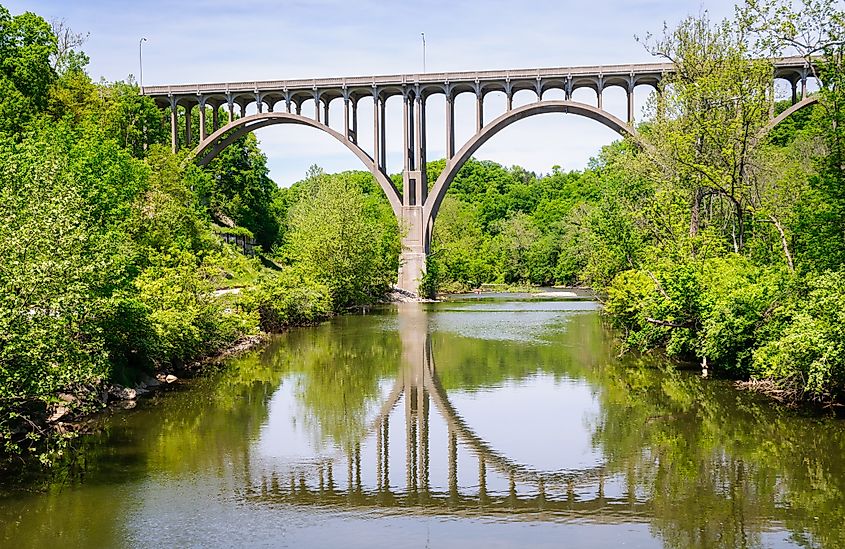
Cuyahoga Valley National Park is unique among its peers. It was first designated a national recreation area in 1974, created not from untouched wilderness but from a patchwork of land recovering from decades of agriculture, industry, and urban sprawl. In 2000, it was elevated to full national park status, making it the only US national park to emerge from a recreation area designation.
Its story is one of redemption. The Cuyahoga River, once so polluted it famously caught fire in 1969, has become a symbol of environmental progress. While the waterway still faces challenges, conservation efforts have improved conditions dramatically—transforming it from a cautionary tale to a comeback story.
Forests, Wetlands, and Wildlife
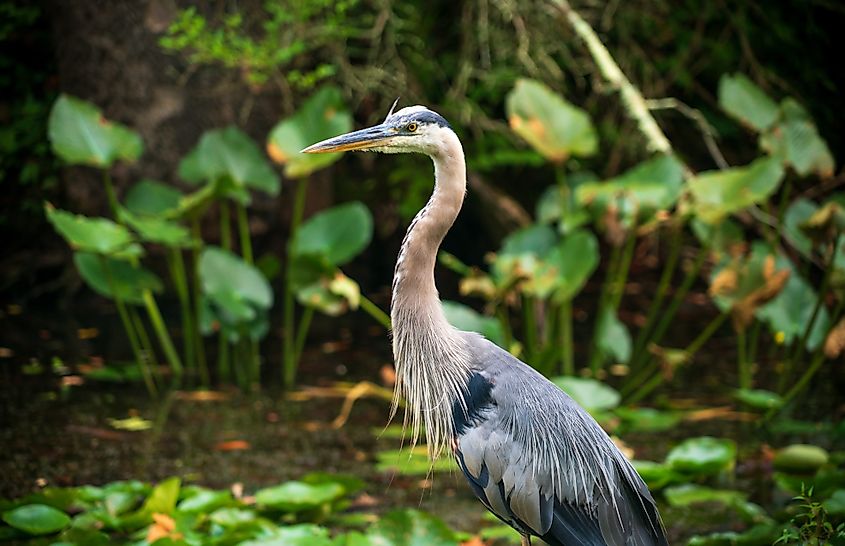
The ecosystems within the park are diverse and dynamic. Although much of the forest was cleared in earlier centuries, secondary growth forests have returned with species like oak, hickory, maple, and beech. These forests are joined by grasslands and over 1,500 distinct wetlands, all of which are carefully monitored by park scientists.
Cuyahoga Valley is home to an astounding 900+ plant species, though approximately 20% are non-native and pose ongoing ecological challenges. The wildlife here reflects the mix of habitats—deer, beavers, coyotes, and small mammals roam the woods, while turtles, frogs, snakes, and salamanders dwell in the wetlands. And for birdwatchers, the park is a haven: about 250 species of birds—including raptors, songbirds, waders, and waterfowl—either reside here year-round or stop during migration.
Ways to Explore the Park
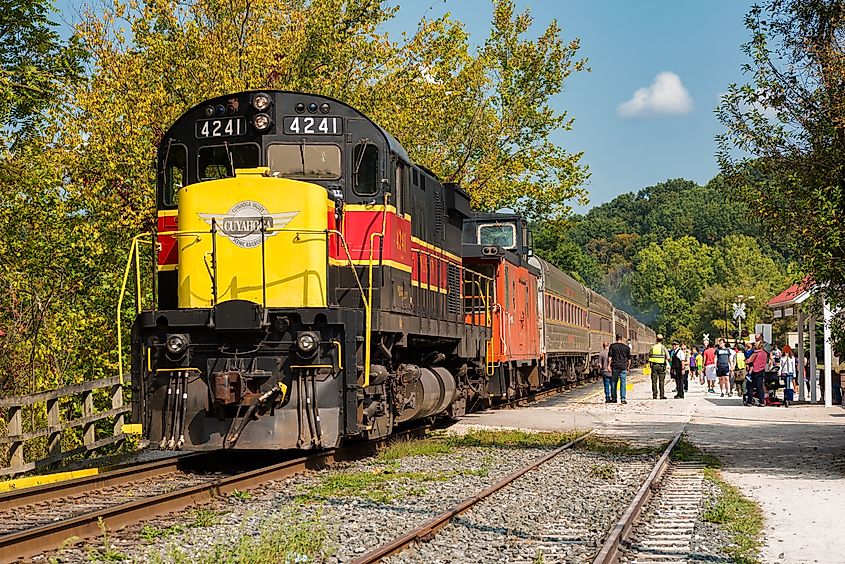
Cuyahoga Valley National Park offers a broad range of activities, many of which are easily accessible to city dwellers seeking a quick nature fix.
Hiking & Trails
With over 125 miles of hiking trails, the park accommodates all skill levels. The most iconic destination is Brandywine Falls, a stunning 60-foot waterfall surrounded by boardwalks and scenic overlooks. Meanwhile, the Towpath Trail, following the historic route of the Ohio and Erie Canal, gives visitors a unique perspective on the region’s transportation history as it weaves alongside the river through wooded and open areas.
Cycling & Kayaking
Bicyclists share the Towpath Trail with hikers and joggers, while kayakers and canoers paddle sections of the river. Although the Cuyahoga is still recovering from pollution, it has become safe enough for recreational use in designated areas.
Winter Activities
When the snow falls, the park doesn’t close—cross-country skiing and snowshoeing are popular cold-weather pursuits, especially on trails that cut through quiet forest and meadows.
Cuyahoga Valley Scenic Railroad
A relaxing and scenic option is to ride the Cuyahoga Valley Scenic Railroad, which runs through the park and offers a different vantage point of its landscapes. Some programs allow you to hike or bike one way and ride the train back—an ideal blend of effort and ease.
Highlights Not to Miss
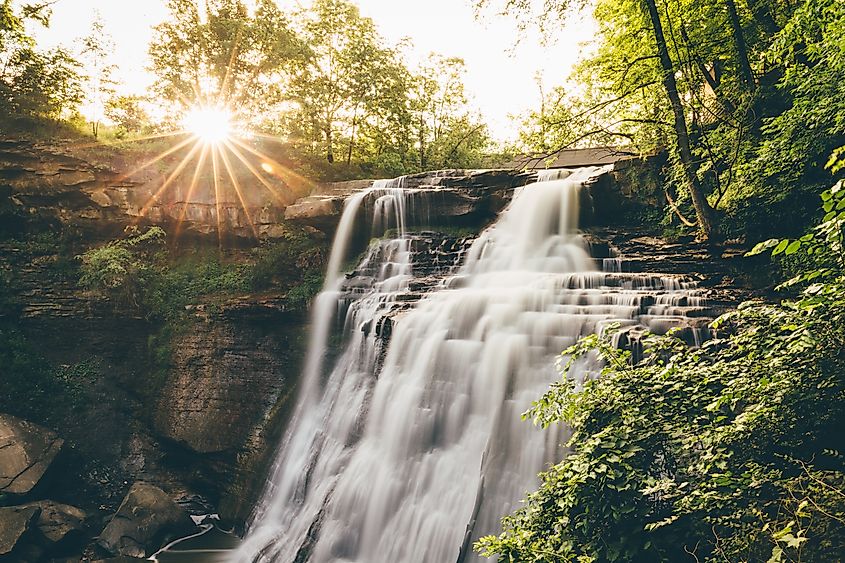
-
Brandywine Falls: The park’s most iconic site, ideal for photography and short hikes.
-
Beaver Marsh: A restored wetland and birding hotspot, once a junkyard and now a thriving marsh.
-
Hale Farm and Village: A living history museum where visitors can explore 1848-era buildings, meet costumed interpreters, and watch traditional crafts like blacksmithing.
-
Canal Exploration Center: Dive into the story of the Ohio and Erie Canal with exhibits on the early days of American transportation and commerce.
-
Frazee House: A preserved 19th-century family home, showcasing everyday life in the valley during the 1800s.
A Living Tapestry of American History
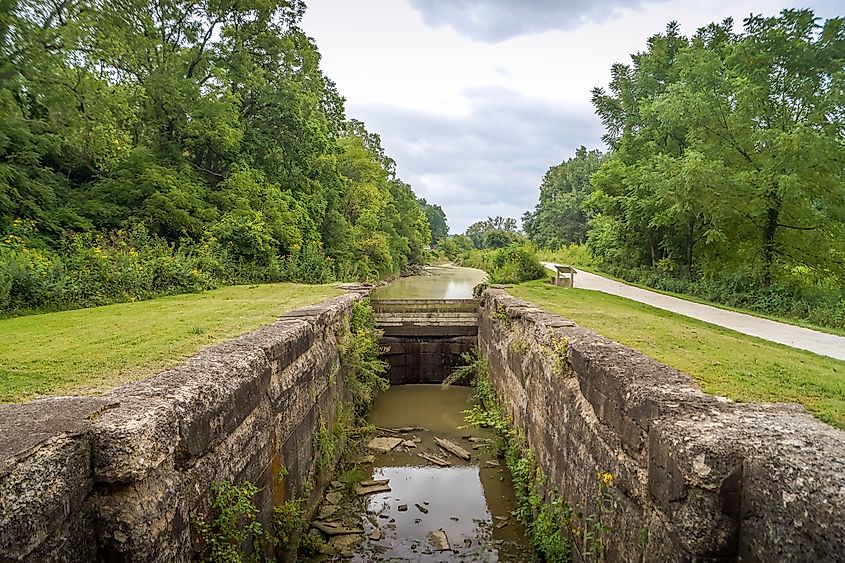
Long before it became a national park, the Cuyahoga Valley was home to Native Americans for more than 10,000 years. Farming in the valley began over 2,000 years ago. With the arrival of European-American settlers in the 1800s, the land was increasingly used for agriculture and development.
In 1832, the Ohio and Erie Canal opened, linking the Ohio River and Lake Erie. The canal brought prosperity and connected the valley to national markets, transforming small towns and fueling population growth. But by the early 20th century, flooding and the rise of railroads rendered the canal obsolete.
A devastating flood in 1913 dealt a final blow to the canal’s commercial use, but the land was far from forgotten. In the 1970s, growing environmental awareness sparked efforts to protect the area. The result was the creation of the national recreation area that later became the Cuyahoga Valley National Park.
A Park Like No Other
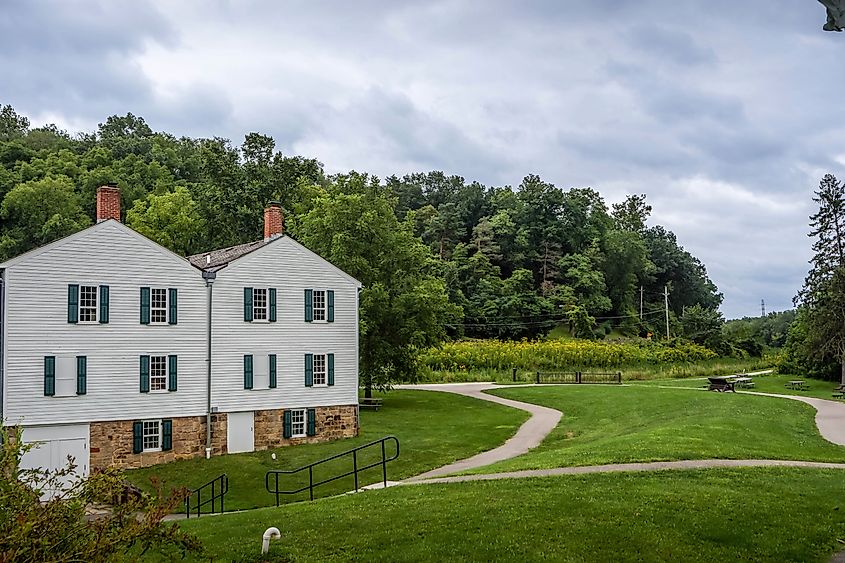
Cuyahoga Valley isn’t a sprawling wilderness like Yellowstone or a geologic wonder like the Grand Canyon. Instead, it’s a reclaimed space—a testament to what can happen when people prioritize preservation over profit, community over convenience, and nature over neglect.
It’s also a park of contrasts: wild but accessible, remote yet urban, ancient and modern all at once. Within its boundaries lie dense road networks, commercial areas, small towns, county parks, and electric lines—yet wildlife thrives, ecosystems recover, and visitors find peace.
Being adjacent to both Cleveland and Akron allows millions of people to enjoy a natural escape without traveling far. That proximity is a big reason Cuyahoga Valley has become one of the top 15 most-visited national parks in the United States.
Plan Your Visit
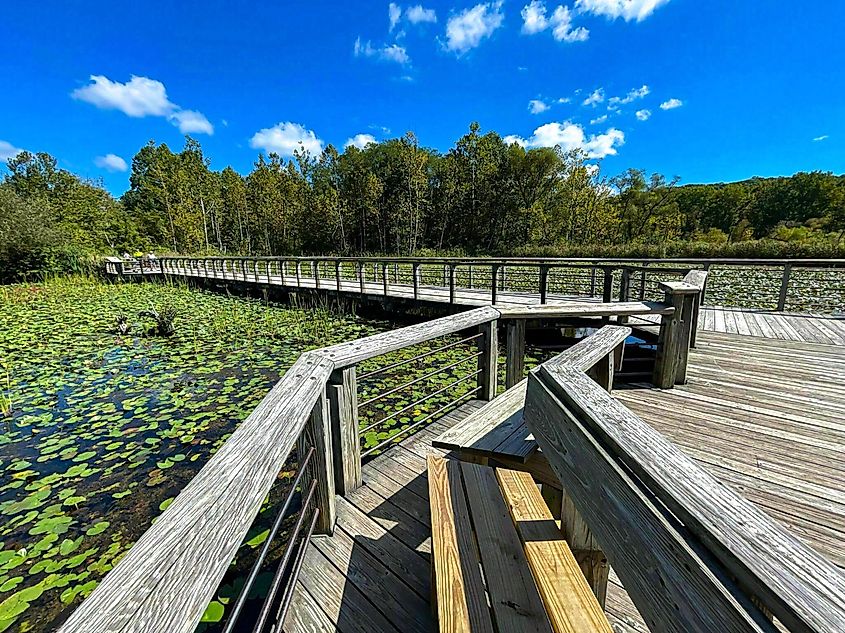
Whether you have a few hours or a full weekend, Cuyahoga Valley National Park makes an easy getaway with something for every kind of traveler. Spring and fall are particularly beautiful—wildflowers bloom in April and May, while October brings brilliant autumn colors.
-
Entrance Fee: Free (no admission required)
-
Visitor Centers: Boston Mill Visitor Center (main hub), Canal Exploration Center
-
Best Time to Visit: Spring and fall for weather and scenery
-
Accessibility: Many trails and areas are wheelchair accessible
Why It Matters
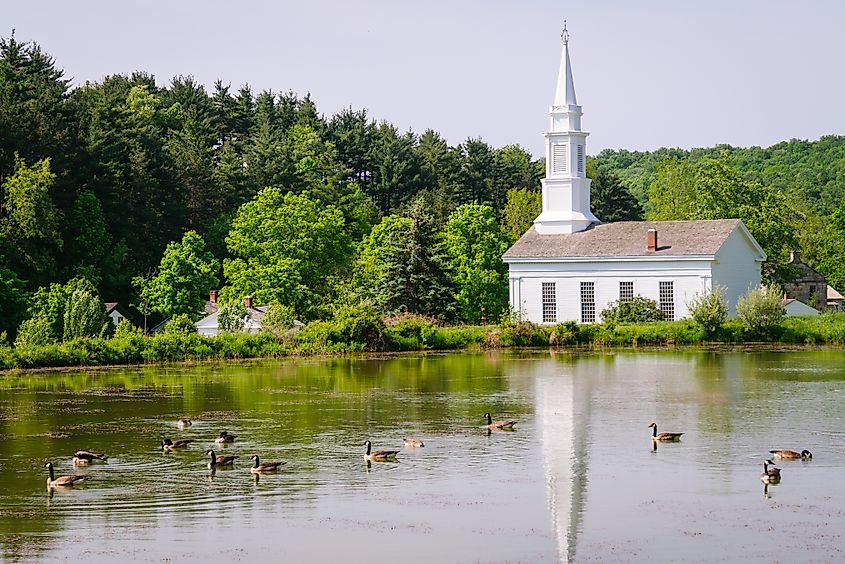
Cuyahoga Valley National Park is more than a green break between highways. It’s a powerful reminder that even lands altered by centuries of development can heal and become vibrant once again. As the only national park in Ohio—and one of the most distinctive in the country—it offers accessible adventure, ecological inspiration, and a rich, layered history that’s as much about people as it is about nature.
Whether you're drawn by waterfalls, wetlands, historic sites, or scenic train rides, there's a place for you in Cuyahoga Valley. And with every visit, you're not just enjoying the present—you’re helping shape the future of this resilient and remarkable park.
FAQs
Where is Cuyahoga Valley National Park located?
In northeastern Ohio, between Cleveland and Akron.
Is there a fee to enter the park?
No, admission to the park is free.
What’s the most popular thing to see?
Brandywine Falls, a 60-foot waterfall, is the park’s top attraction.
Can you kayak or fish in the park?
Yes. Parts of the Cuyahoga River are open to paddling and fishing.
Is the park open year-round?
Yes, and it offers activities for every season, including winter sports.
